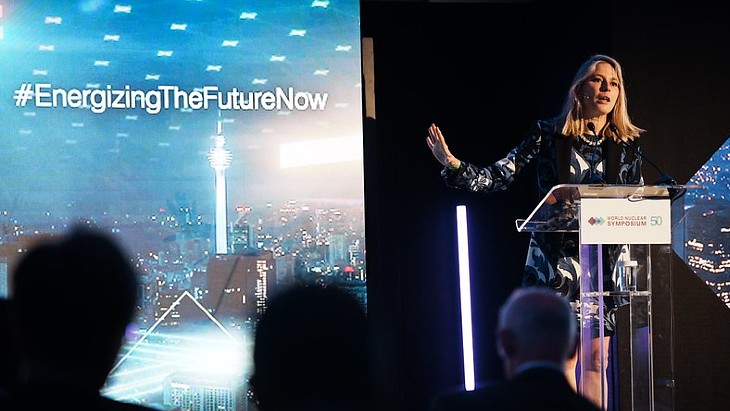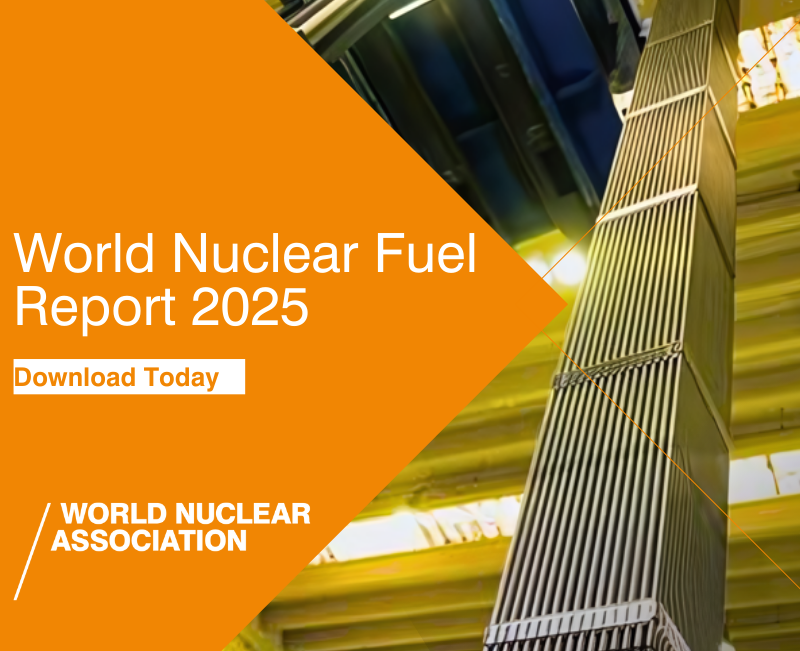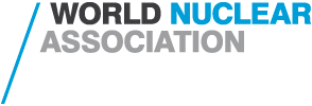The university's technology uses a betatron as an X-ray source and includes a proprietary software package. TVEL says it works on a similar principle to machines commonly used at airports with the betatron generating secondary X-rays that "shine through the container ... the final image shows organics, metal, plastic, and liquid highlighted in different colours ... these materials have different densities, structures and, accordingly, the degree of radiation absorption".
The intention is that the introduction of the new scanning machines - which TVEL describes as a world first - will mean there will no longer be the need to open containers. It says there will be accurate data on the composition of the contents within a few hours.
It intends to use the new technology as an additional stage of checking delivered batches of radioactive waste, and says it "greatly increases the reliability and safety during the final isolation of radioactive waste at storage points and reduces possible environmental risks" for workers as well as reducing costs.
Project manager, head of the international scientific and educational laboratory of non-destructive testing at Tomsk Polytechnic University, German Filippov, said: "Our development eliminates the need for opening, and the operator is at a safe distance and controls the system remotely. The demand for such technologies is only growing in the world. The uniqueness of our system lies in the idea itself, in the use of a betatron as a radiation source, in the overall design of the system and, of course, in the software. All this together made it possible to create a system that not only quickly and remotely scans a container, but also clearly identifies the contents."

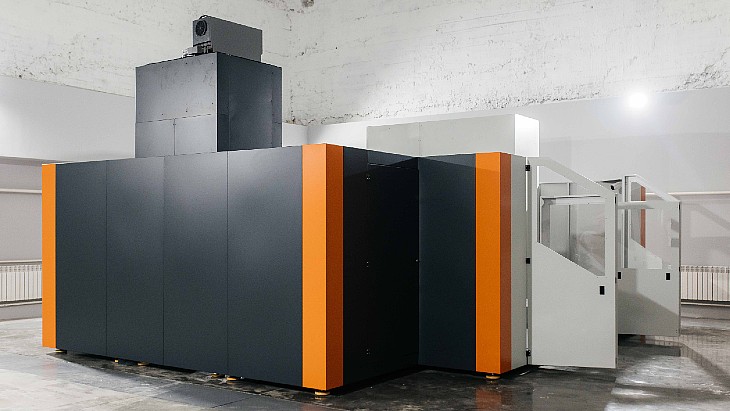



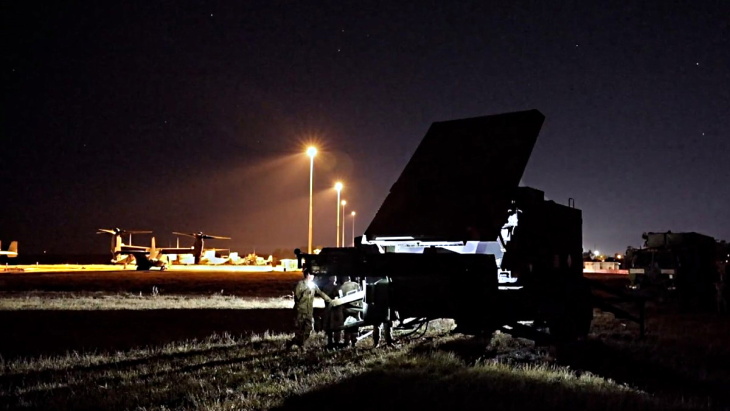
_50545.jpg)
_28367.jpg)

_76087_55556.jpg)
